Read this article to find answers to the following:
- How is DPD progressing with the electrification of its diesel van fleet, and what are the company's targets for zero-emission deliveries?
- What strategies is DPD using to optimise the charging and usage of its electric vehicles to ensure efficiency across its fleet?
- What alternative delivery solutions, such as robots and eCargo bikes, is DPD trialling, and how successful have these trials been?
- How is DPD addressing the challenges of transitioning larger vehicles, such as trucks, to zero-emission options while maintaining operational efficiency?
DPD is deploying a range of zero-emission solutions as part of a holistic decarbonisation strategy, led by an acceleration of its electric van transition plan.
Robots, eCargo bikes, micromobility and drones have all been considered or trialled – and in some cases dismissed – but the most pressing priority has been to electrify the 10,000 diesel vans and boost the number of zero emission deliveries in urban areas.
Read this article to find answers to the following:
- How is DPD progressing with the electrification of its diesel van fleet, and what are the company's targets for zero-emission deliveries?
- What strategies is DPD using to optimise the charging and usage of its electric vehicles to ensure efficiency across its fleet?
- What alternative delivery solutions, such as robots and eCargo bikes, is DPD trialling, and how successful have these trials been?
- How is DPD addressing the challenges of transitioning larger vehicles, such as trucks, to zero-emission options while maintaining operational efficiency?
DPD is deploying a range of zero-emission solutions as part of a holistic decarbonisation strategy, led by an acceleration of its electric van transition plan.
Robots, eCargo bikes, micromobility and drones have all been considered or trialled – and in some cases dismissed – but the most pressing priority has been to electrify the 10,000 diesel vans and boost the number of zero emission deliveries in urban areas.
So far, 3,600 vans have transitioned to full electric, with DPD expecting to reach 4,000 by the end of the year.
However, pure numbers are not the primary way the company is measuring success, according to DPD director of marketing, communications and sustainability Tim Jones.
“Our goal is to deliver 100 million parcels by our electric vans this year – that’s a more important marker for us than the actual number of vehicles,” he said.
It represents a significant year-on-year increase from the 64 million parcels delivered in 2023. The target also includes a commitment to all-electric delivery in 30 towns and cities, including London, Bristol, Birmingham, Leeds, Manchester and Edinburgh, covering 25% of the UK population, by year-end.
DPD’s decarbonisation journey began in 2017 when it added its first electric vans to the fleet.
By 2019, it was delivering 1.3 million parcels under electric power, but momentum has gathered pace since 2021 when it was “increasingly evident that we had to do more to communicate our work”, said Jones.
“It’s important to cross fertilise because we think we’re doing some amazing things in the area of sustainability,” he said.
“We need to talk and share what we’re doing as well as promoting it.”
It was at that point that the marketing communication director’s remit broadened to take on the role of sustainability.
It coincided with the creation of a dedicated team to identify and trial new solutions, making recommendations on how DPD could meet its ambitious decarbonisation target of net zero by 2040, validated by the Science Based Targets initiative (SBTi).
By 2030, the entire van fleet will be zero emission, totalling around 10,000 vehicles.
DPD also operates 221 company cars and introduced an EV-only choice list in 2023.
Consequently, 102 of its cars are already full electric with the rest switching across as they are replaced.
Sitting in the hard to do box are the trucks, many of which are tractor units.
More on that later.
With many van fleets deferring their transition to electric, believing the vehicles do not fit their business needs, DPD has been willing to tinker with its operating model to accommodate them.
Initial range anxiety concerns by drivers were quickly overcome through the use of data which matches their route profile to the real-world range of the van.
Nevertheless, even a business as ambitious as DPD has to accept that not every vehicle can be switched today.
“Electric vans work very well in dense routes, in urban areas,” Jones said.
“But we have some vans that travel many miles - what we call stem mileage from the depot to their route.
“This is why our plan takes us to 2030 because, as each year goes by, the battery technology gets better, the range extends, and the charging infrastructure becomes more prevalent and more available.
Six years is a lot of time for innovations to emerge.”
Improved route density will help drive up the number of parcels delivered by electric vans, but DPD’s real innovation is the use of data to maximise route and charging optimisation across the 10,000 routes.
“It all comes down to data and the analytics allows us to see that certain routes won't necessarily need the vehicle to be at 100% charge in order to work the full route,” Jones said.
This has also helped inform workplace charging decisions in terms of number of chargers and power outputs required at each depot.
They range from 7kWh to rapid chargers. DPD’s priority is the latter as they facilitate the strategy of putting in “the right amount of charge in the shortest amount of time”, Jones explained.
Some are powered by solar energy; DPD has 7,000 solar panels at its Hinckley Hub 5 depot in Leicestershire, for example.
“We look at the EV routes at each of the depots and the mileage they need.
And then we can look to schedule the vehicles that will need the right amount of charge.
So rather than trying to aim for everybody to be 100% at the start of the day, if a certain route can be completed with, let’s say, 70% charge, we charge the vehicle to that amount.
“That means that our charging infrastructure is able to be utilised most effectively. So it’s not about aiming to power every van to 100%, it’s about charging every van to the required amount it needs to do the route.”
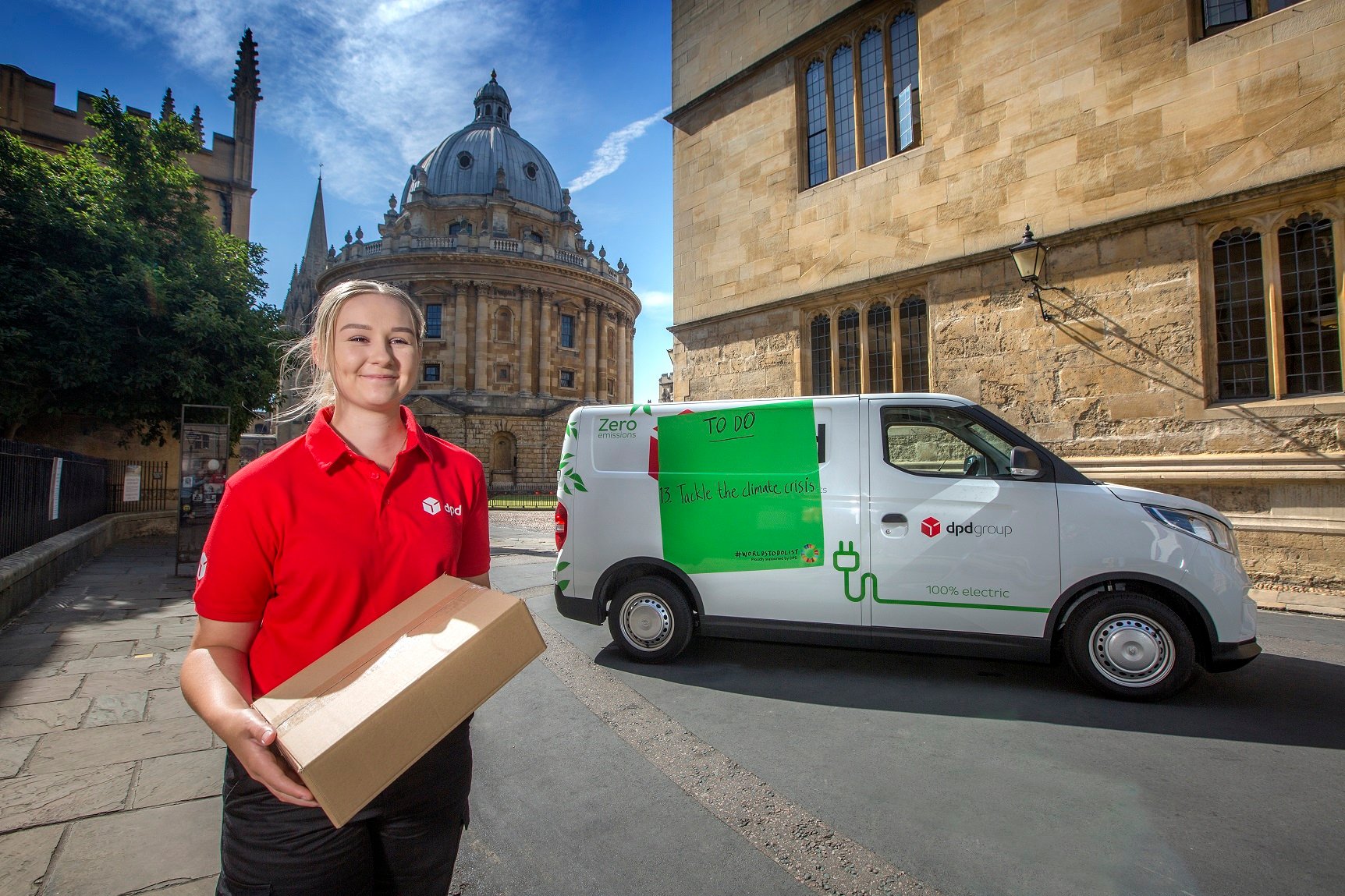
DPD’s vans are a mix of return to base and home which means drivers use both charging methods, supplemented by public charging.
The company’s aim is to be less reliant on the public infrastructure, which is one of the reasons why it set up an EcoLab in partnership with L Marks in 2023.
The project is seeking companies that specialise in sustainable solutions to reduce carbon emissions in transport, delivery and buildings. An announcement is due imminently on the first output, which is related to DPD’s workplace charging.
“With sustainability, we're always looking for the next thing,” Jones said.
“This is one of the reasons why we ran our DPD Eco Launchpad Incubator and the specific mission of that was to look at new technologies, new types of charging infrastructure, new ways of charging vehicles to see not just what's out there now, but what is coming in in future years.”
DPD is continuing to evaluate the Tual (formerly On Charge) mobile powerbank charging solution at its Bicester depot.
The trial enables drivers who are unable to charge at home to collect a take-home powerbank from the depot.
It will charge the main traction battery of the van overnight, resulting in a 100% charge by the start of the driver's day.
“We're also working with other bodies to look at new things, for example, agnostic charging hubs, which may be specifically for commercial use and or for commercial and private use,” said Jones.
“We see this as being potentially a very important way to help all of Britain be more sustainable.
"It is going to require partnership and exploratory work, but the idea of agnostic charging hubs is something that we think has got a lot of mileage and something that all EV fleet operators will be able to utilise and see the benefit of.”
It may also result in a national charging network able to meet the needs of truck operators.
Until then, DPD has implemented a carbon reduction programme for its 4,500 tractor/trailer assets focusing on HVO fuels.
“The beauty of HVO, is that it's drop-in - there's no need to replace tanks or do anything to the vehicles,” Jones said.
“The second big plus is that it’s 80-90% less pollutive than diesel.”
However, he recognises that HVO is an “interim measure” which does require background checks to ensure it comes from sustainable sources.
Consequently, DPD continues to pursue zero emission solutions, including hydrogen and electric.
It has started trials of electric trucks, but the issues include range and towing ability.
“The vehicle has to go from depot to hub without stopping,” Jones said.
“And while that might be great going from Aubrey to our DPD Dudley Port Depot, which is a couple of miles, it’s very different if we have to go from Hinkley to Glasgow.
"These are the sort of challenges that we face, and other fleet operators face.”
However, running a vehicle isn’t always the best solution, and DPD has been at the forefront of a number of initiatives, one of which will be familiar to residents of Milton Keynes.

DPD introduced its six-wheeled electric robots to the city two years ago as a last mile delivery solution.
Manufactured by Cartken, the robots are fully autonomous using cameras to make their deliveries.
They have travelled almost 500 miles and fulfilled more than 2,500 trips in residential areas.
DPD has now introduced the robots to a second depot, Warth Park on the western edge of Raunds in Northamptonshire, taking its fleet to 10, and has recently anounced plans to launch them in Bristol and Lincoln.
These will be next generation models featuring three parcel compartments, instead of just one in the original trial, and an extended battery life of up to 12 hours.
Each will do 25-30 deliveries per day, typically to addresses within a mile radius of the depot.
Customers are notified of a robot delivery and, once they confirm they are at home to accept the parcel, the robot is dispatched.
A code opens the secure compartment.
DPD will roll out robot deliveries to 10 UK towns and cities within the next 12 months, potentially taking the number of robots to 50, with up to 30 depots nationwide identified as suitable locations.
“The whole point of the robots is to test the viability of the technology and see if it can supplement the number of deliveries that we do from one site,” said Jones.
“It's been a great way for us to deliver parcels to typically within a mile or so radius of the depot and we see it definitely being part of the future.”
The robots are reliable and require minimal maintenance.
They arrive boxed and largely assembled with completion taking place at the depot.
DPD must seek permission to operate the robots from the local authorities which can take time, but customers react favourably to the new delivery method, so it doesn’t anticipate any public knockbacks.
The operations team at DPD is working with Cartken to develop a new generation of larger robots which can accommodate bigger parcels in greater numbers.
They may also have the capability of travelling to a destination and remaining there for collection, enabling DPD to utilise both legs of the journey and boosting productivity.
“We could end up with hundreds of robots in the future,” Jones added.
Potentially bridging the gap between electric robots and vans are e-cargo bikes.
They offer more flexibility than the robots with greater capacity to carry a larger number of parcels per trip and can travel further distances.
As yet, though, DPD hasn’t found the right formula to justify rolling them out across its estate.
“We have trialled eCargo bikes in three locations, but we haven’t fundamentally found a scalable solution to date,” Jones said.
“But we will definitely trial them again in the future.”
He added: “The important thing is working in different areas of the country with different solutions to find the most sustainable way to deliver.”
This could also include drones, although it isn’t an option DPD is actively pursuing. Jones believes they could potentially be used to deliver medicines or urgent items to remote areas.
“Drones always capture the public imagination, but they have a specific and niche role,” he said.
“It is technology that we’re looking at, but there are limitations on flight weight, tracking and regulations so I don't foresee drones either now or in the near future being a large volume solution for the delivery of parcels.”
He added: “Where we are today is essentially looking at road-based solutions.”
One road-based solution no longer deployed by the group, after initially showing some potential, is micromobility vehicles.
Four or five years ago, DPD had a number on fleet, delivering in city centres, but they have been squeezed out due to the improved efficiency of electric vans aligned to the new solution offered by robots.
“They were fantastic for attracting attention,” Jones said.
“But if a better solution comes along, there's nothing wrong with saying ‘we tried it, it worked well for a while, but things have moved on and there's now a better solution’.
“It’s another example of the way DPD will look at everything. We'll test everything. We'll trial things. And we’ll pick the best solution for each depot and each area.”
Login to continue reading.
This article is premium content. To view, please register for free or sign in to read it.



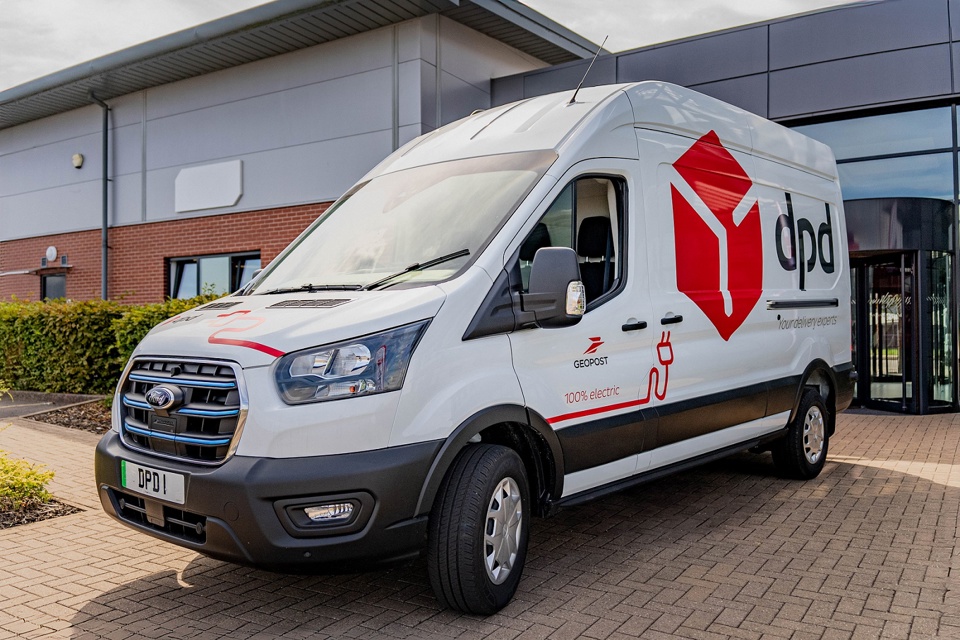




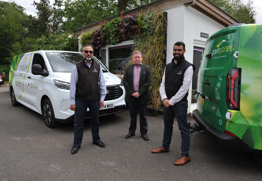
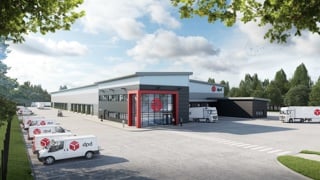

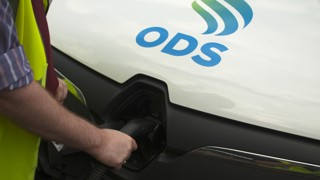
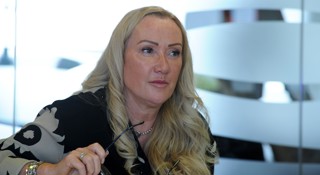




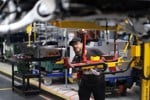



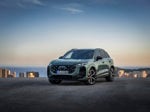



Login to comment
Comments
No comments have been made yet.